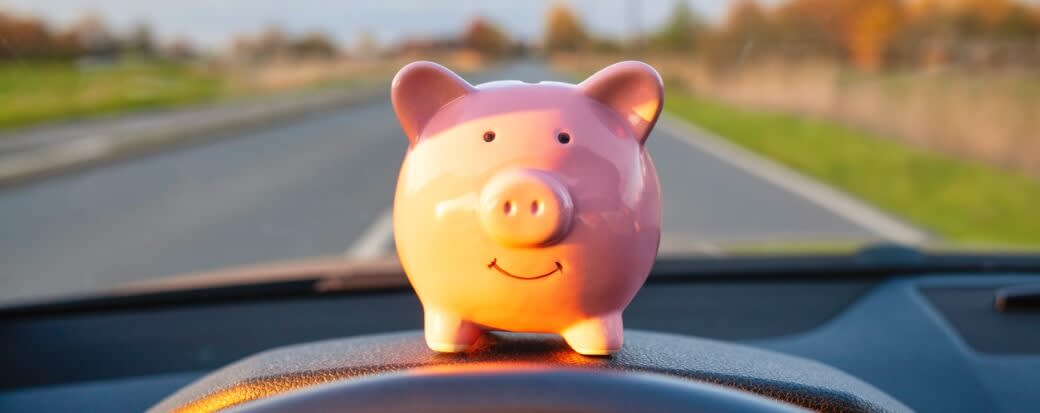How Much of a Down Payment Should You Put on a Car?

Share this article:
Editor’s note: Lantern by SoFi seeks to provide content that is objective, independent, and accurate. Writers are separate from our business operation and do not receive direct compensation from advertisers or network providers. Read more about our Editorial Guidelines and How We Make Money.
What Is a Good Down Payment on a Car?
Down Payment on a New Car
Down Payment on a Used Car
Calculating Your Down Payment
6 Benefits of Making a Down Payment on a Car
1. Your Monthly Payments Will Likely Be Lower
2. You’ll Pay the Car Off Faster
3. You May Get a Lower Interest Rate
4. You May Lower Your Loan-to-Value Ratio
5. Avoiding Being Upside Down
6. Improving Loan Approval Chances
Disadvantages of Making a Down Payment
You May Be Cash-Poor
You May Not Get a Lower Rate
5 Tips to Save for a Down Payment on a Car
1. Start Saving Early
2. Cut Your Spending
3. Know How Much You Need
4. Sell Your Stuff
5. Create a Budget
Alternatives to Making a Large Down Payment
1. Trade in Your Old Car
2. Take the Shortest Payment Term You Can Afford
3. Pay Your Car Off Early
Is 0% Down Ever a Good Idea?
The Takeaway
Frequently Asked Questions
Photo credit: iStock/deepblue4you
LNTALR-Q324-005
About the Author
Sulaiman Abdur-Rahman writes about personal loans, auto loans, student loans, and other personal finance topics for Lantern. He’s the recipient of more than 10 journalism awards and served as a New Jersey Society of Professional Journalists board member. An alumnus of the Philadelphia-based Temple University, Abdur-Rahman is a strong advocate of the First Amendment and freedom of speech.
Share this article: